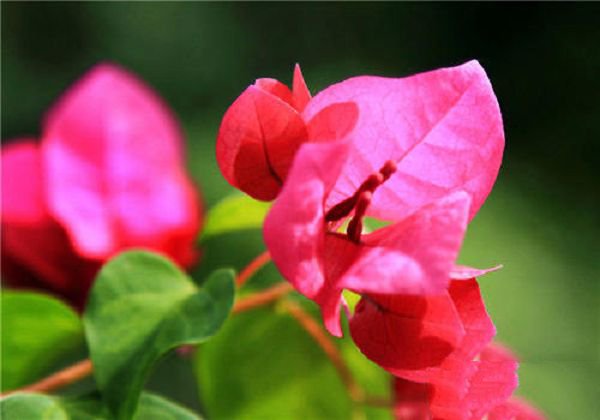The Propagation Technology of Hydrangea in Flower
Hydrangea is commonly propagated in three ways: cutting, striping and ramet.
① cuttage propagation. Select the well-developed twigs from April to May every year (preferably with the sprouting Xue branch at the root base of the plant), cut off from the node near the base, cut into cuttings about 6 cm long (the cut should be smooth), then insert into the loose soil, insert the length of a node, finally pour enough water, keep it in the shade, and often spray water to keep it moist. It will be planted in autumn and will blossom in the second year.
② striping propagation. Before or after germination in spring, the biennial branches were cut with a knife and wrapped in soil, and then truncated and transplanted in the summer after survival. If the striping propagation is carried out in the middle of June, the twigs of the same year should be selected. Striping propagation can also be used to remove the top without scratching techniques, generally after 1 month can take root.
③ ramets were propagated. When turning the basin before germination in early spring, the rhizome of the plant was cut into several pieces and planted respectively. The big hydrangea can be seen in the same year when it is bred in this way.
Related
- What if the leaves of potted flowers turn yellow?
- Florescence Control of several Flowers
- Anti-freezing technology and post-freezing nursing technology of flowers
- What is the classification of flowers? What are the common methods of flower classification?
- Prevention and control of alkali and acid damage of flowers in courtyard
- Technology of Anti-freezing and restoring growth of Flower seedlings in greenhouse and greenhouse
- How does flower fertilization not hurt the root? Fertilization technology of flowers
- Key points of disinfection in flower greenhouse
- Several pesticides that are banned or used cautiously in flowers
- How to fertilize the flowers that watch the leaves?



